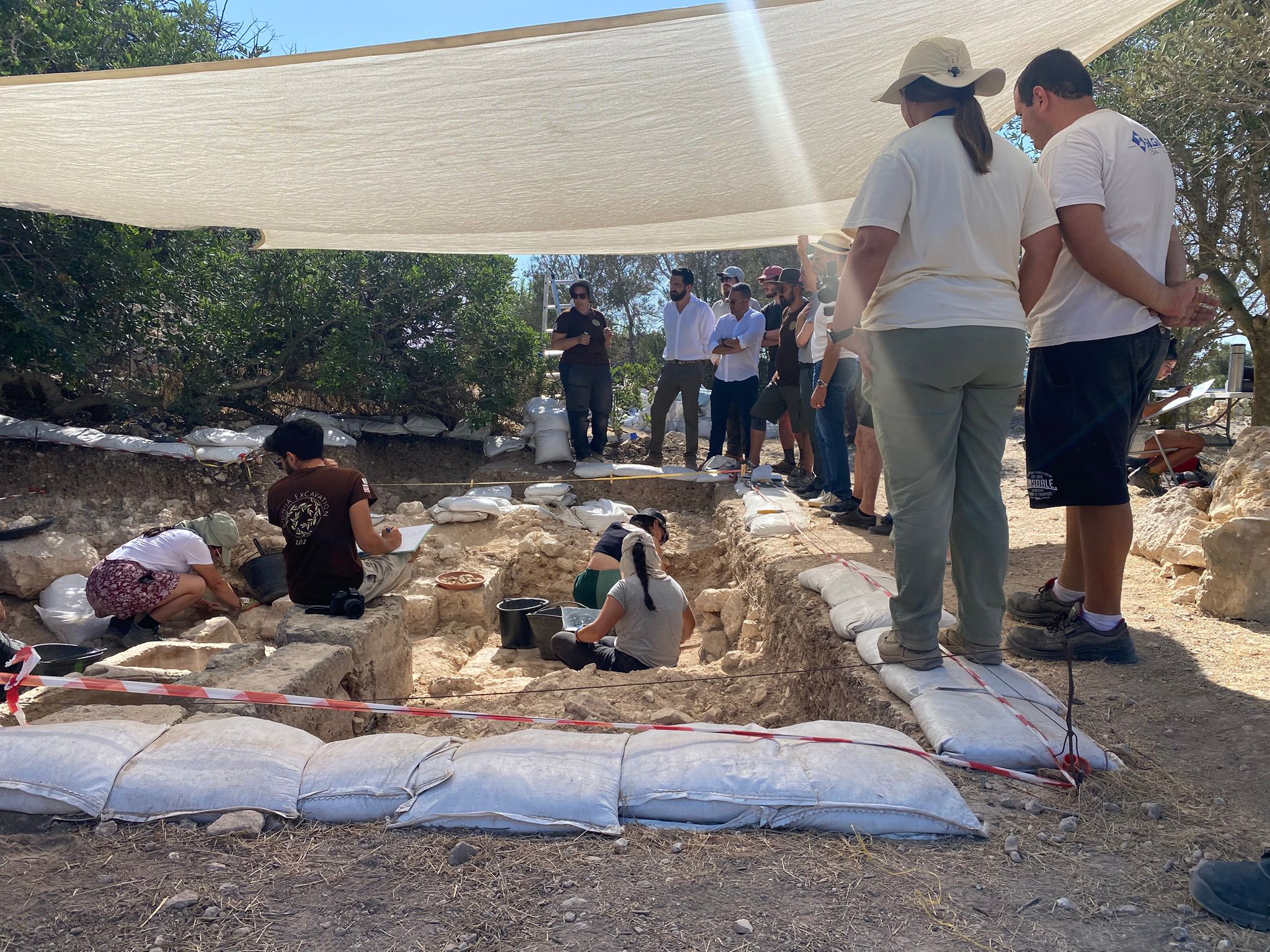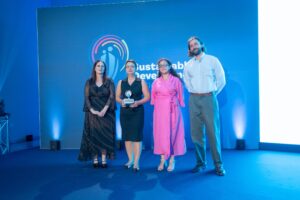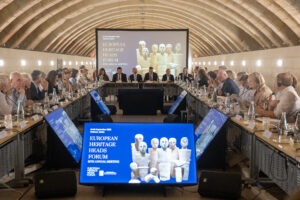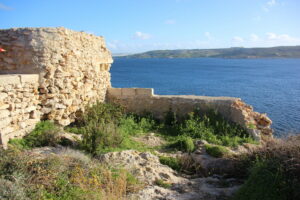
New Layers of Malta’s Past Revealed at Tal-Bidnija
Archaeologists working at the Tal-Bidnija site have reported the discovery of what is believed to be a post-Roman burial ground consisting of at least two inhumations. These findings appear to confirm what is known from Late Medieval historical sources, namely that the area remained in use well beyond Classical antiquity. The archaeological evidence offers fresh insight into the area’s long-term historical development.
Situated in the archaeologically rich Tal-Bidnija area in the countryside above Burmarrad, the excavations form part of the OLEA project – a collaboration between Heritage Malta, the University of Malta, and the Superintendence of Cultural Heritage. Launched in 2020, the project combines national expertise and resources to professionally manage, protect, and study one of Malta’s most promising rural heritage sites.
Launched in 2020, the project combines national expertise and resources to professionally manage, protect, and study one of Malta’s most promising rural heritage sites.
The place was first brought to the attention of Sir Temi Zammit in 1912 but remained largely unexplored until it was picked up during the Malta Survey Project (2008–2012). Ground-penetrating radar and surface artefact analysis revealed buried structures consistent with a Roman villa rustica or farm complex, in the vicinity of an olive grove estimated to be at least over 500 years old.
Now in its second year of excavation, the OLEA project continues to serve as a training ground for University of Malta archaeology students, who gain hands-on fieldwork experience while contributing to an active research project.
During a recent site visit, Dr David Cardona (Senior Manager of Heritage Malta’s Archaeological Research Unit), Prof. Nicholas Vella (Department of Classics and Archaeology, University of Malta), and Kevin Borda (Chief Officer at the Superintendence of Cultural Heritage) guided Heritage Malta’s Chief Executive Officer Noel Zammit and Chief Operations Officer Kenneth Gambin, Pro-Rector for Research and Knowledge Transfer Prof. Ing. Simon Fabri, and Dr Carmel Serracino, Head of the Department of Classics and Archaeology, around the area and shared insights on the latest findings and preliminary results.
Evidence uncovered this season is helping researchers reconstruct the area’s social and agricultural history. From an apsed building, conservator-restorers have uncovered layers of fine decorated plaster and patiently lifted each piece for study and conservation. The site’s significance is further enhanced by its association with olive cultivation – underscored by the site’s olive grove and the presence of a unique Roman stone vat used to decant olive oil.
Excavations will resume next year. Meanwhile, post-excavation study of all the finds will continue.
You may also like

BCThubs Project runner-up in the Public Service Sustainability Award


